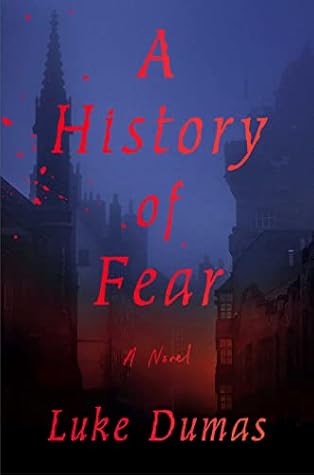More on this book
Community
Kindle Notes & Highlights
Do you go by D.B., or should I call you—?” “Call me what ye like.” I faltered. “Okay.” He chuckled, amused with himself. “Donald Blackburn. Donny.”
satanophobia, a condition that caused me to not just fear the Devil but to believe that at any moment he would appear and force me to do unspeakable things against my will.
Reformed theology seeped into the consciousness of the Scottish people, who increasingly came to view the Devil as a tool by which God inflicted the punishment of evil on the unjust—a material being conspiring always to corrupt them. Chapter three would tell the story of how rising paranoia about the Devil’s physical presence in Scotland fueled the witch hunts of the 1590s, leading to the deaths of more than two thousand people, mostly women. That was not even the worst part. The little research I’d done so far showed that many of the accused, like Isobel Gowdie, had refused to reject their
...more
a new supreme evil took his place: the English oppressors, hell-bent on drowning the flame of Scottish nationalism in a sea of Caledonian blood. After authorizing the Massacre of Glencoe, which saw thirty members of Clan MacDonald slaughtered for refusing to pledge allegiance to the new English monarchs, the British government had passed the Act of Proscription in 1746, crushing the clan system in order to destroy their ability to revolt. The act even outlawed the wearing of traditional Highland dress, including the kilt and one’s own clan tartan—a crime punishable by no less than six months’
...more
My father had never mentioned a connection between dogs and the Devil. Then again, he had never quite trusted them either. He refused to let us have one. He said dogs were the creation of man, not of God, and therefore were an abomination.
Pulled out the most cogent insights among them and grouped them into broad categories: the impact of Calvinism, the witch hunts, English oppression, popular occulture.


